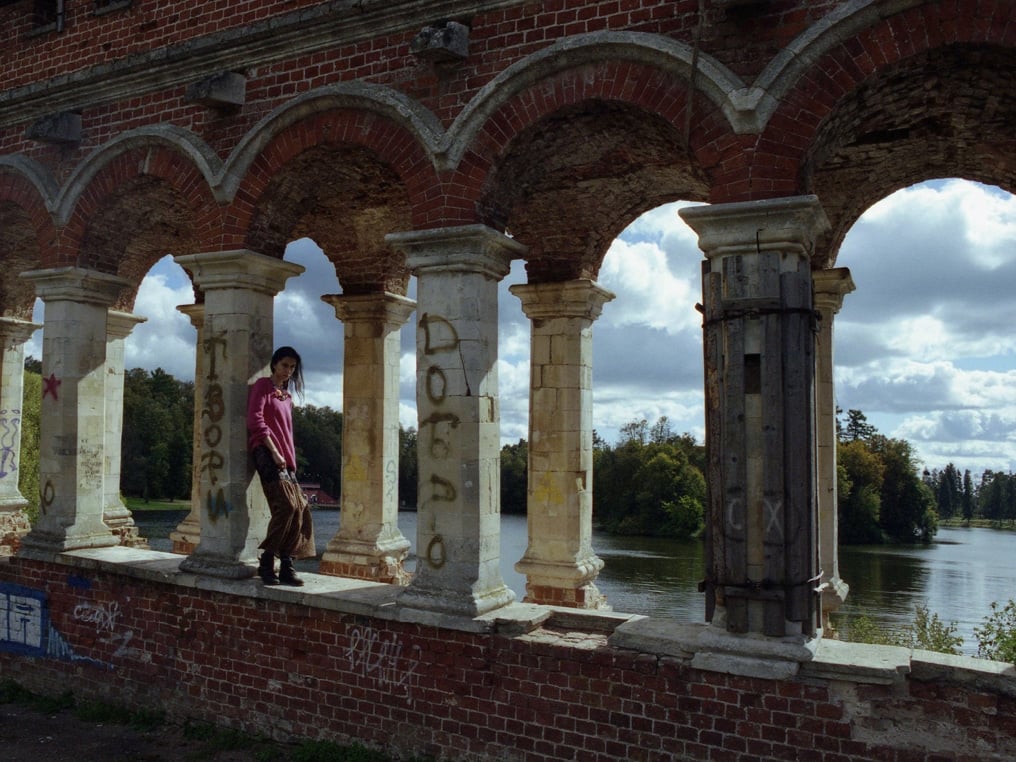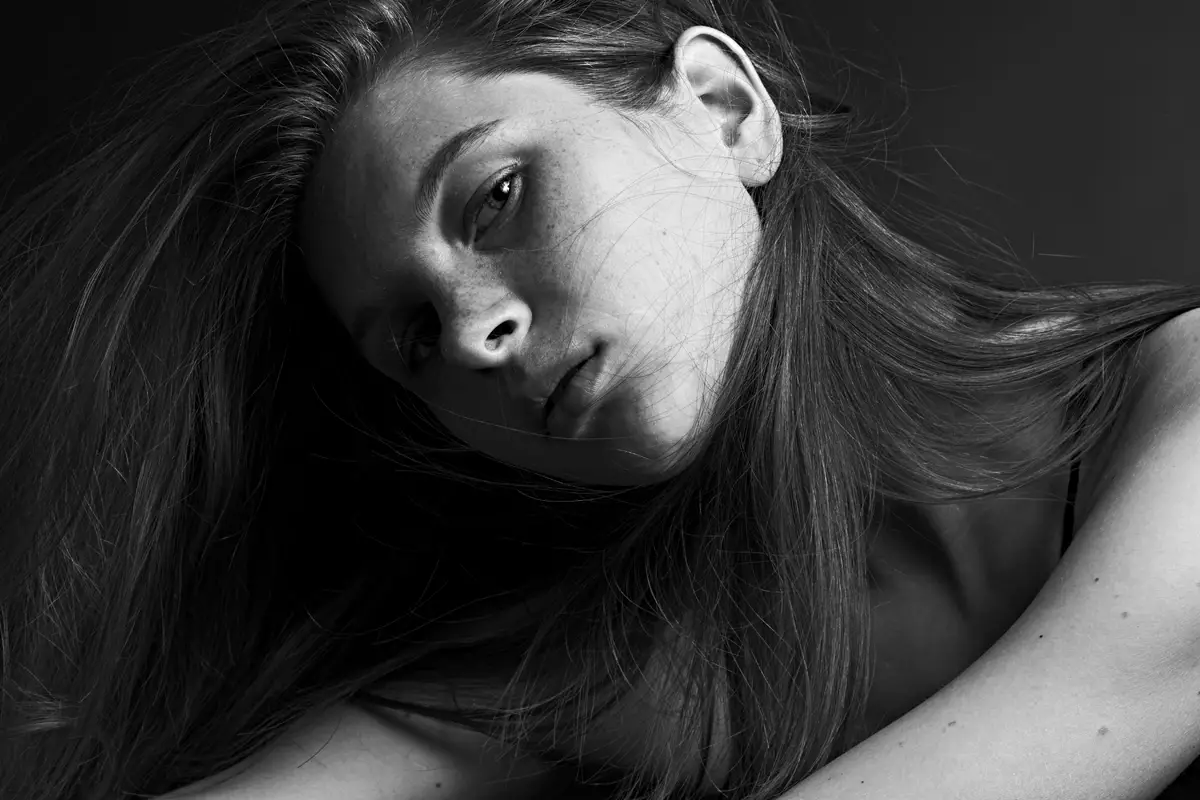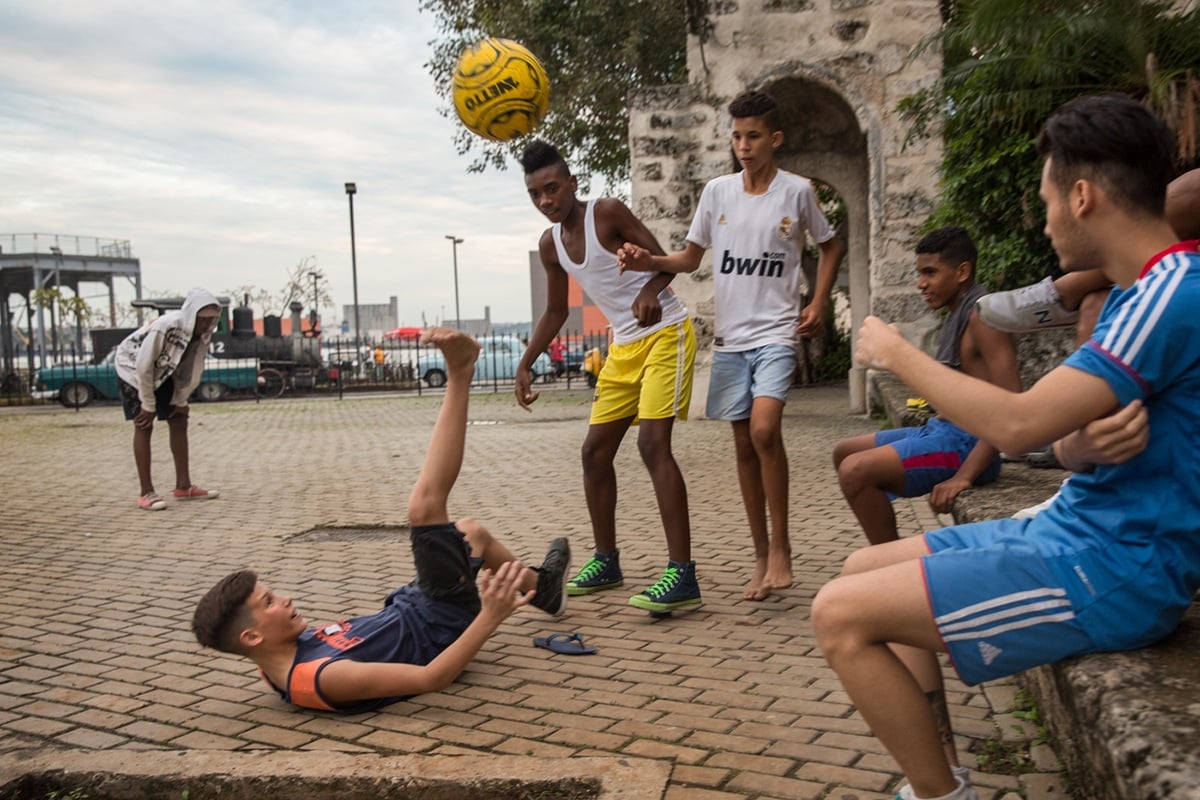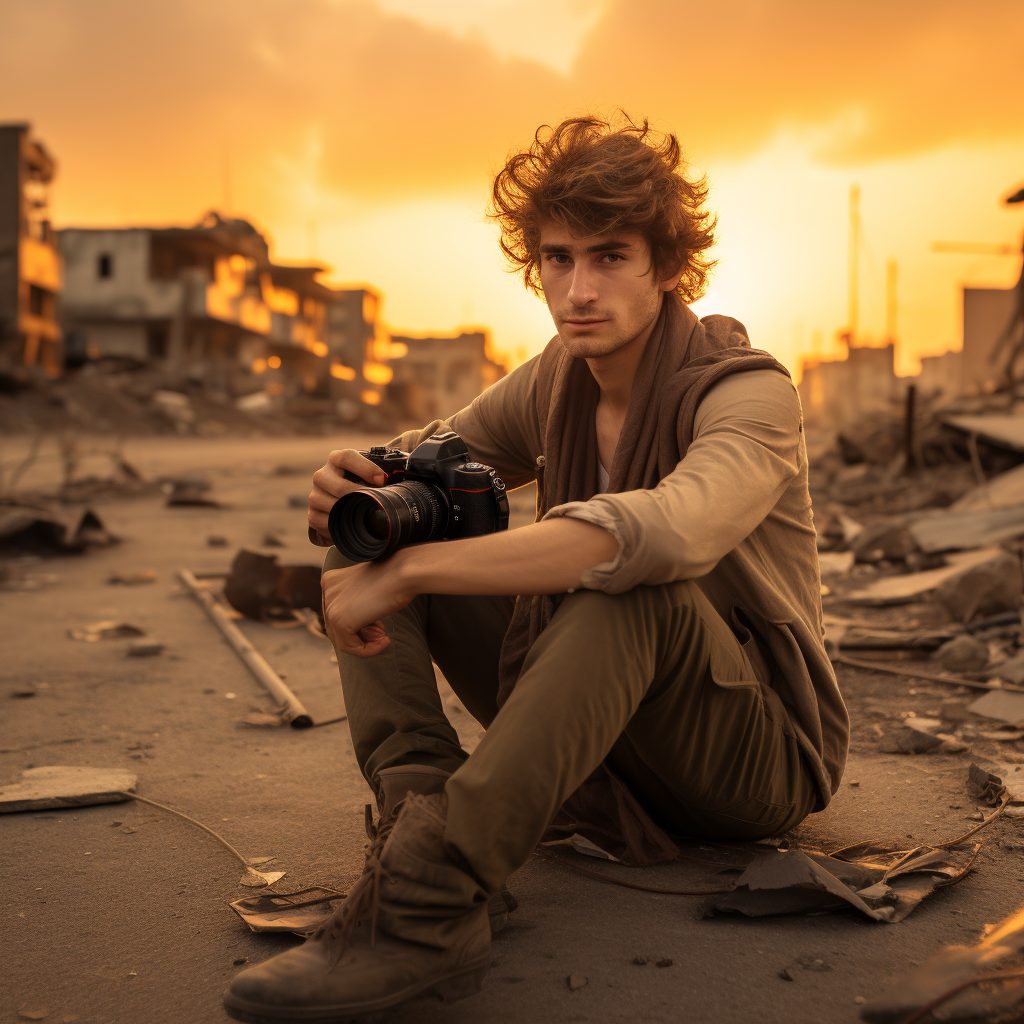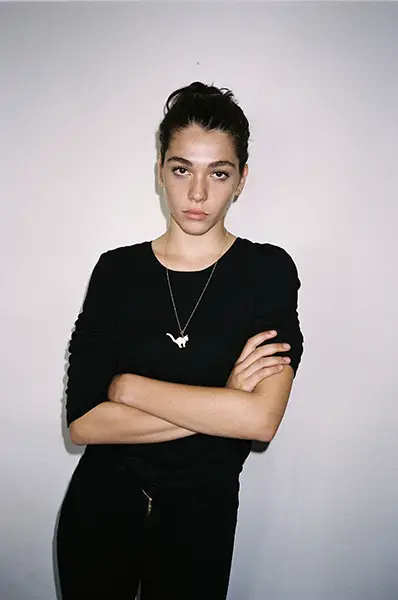15 Grunge Photographers: Capturing Rawness and Rebellion
The grunge movement, birthed amidst the rainy streets of the Pacific Northwest in the late 1980s and early 1990s, was more than just a musical genre or grunge fashion statement. It was a cultural revolution that seeped into every facet of creative expression, and self-expression in the way of new fashion norms and grunge hairstyles.
It also included the realms of art and photography. In this essay, we embark on a journey to explore the profound influence of grunge aesthetics on the visual arts, delving into how artists and grunge photographers alike captured the rawness and rebellion that defined the subculture.
Origins of Grunge Aesthetic in Art
Grunge art emerged as a direct response to the disillusionment and alienation felt by a generation disenchanted with mainstream culture. Drawing inspiration from the dilapidated urban landscapes of cities like Seattle and Portland, grunge artists embraced the ethos of decay and imperfection. They eschewed traditional artistic techniques and materials, instead opting for found objects, scrap metal, and other discarded artifacts. These unconventional mediums became their canvas, allowing them to channel their angst and frustration into works that embodied the gritty authenticity of the grunge movement.
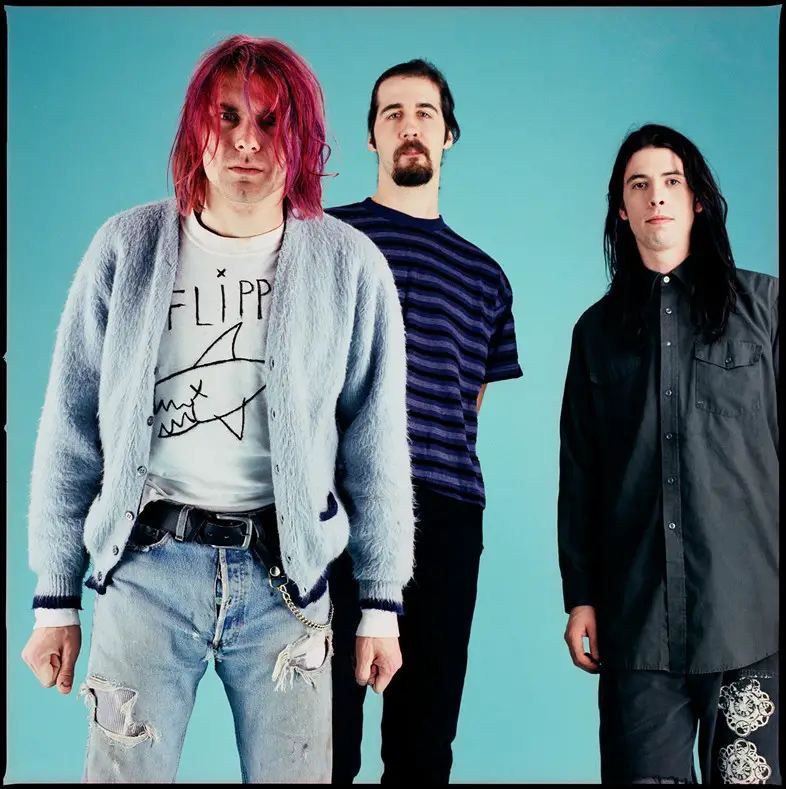
Photography as a Medium for Grunge Expression
Grunge photography offered an unvarnished portrayal of the subculture, eschewing staged perfection for raw, candid snapshots. Photographers like Charles Peterson, Sub Pop Records’ in-house photographer, and Michael Lavine, known for his candid portraits of iconic grunge musicians, captured the raw energy and authenticity of the scene with their black-and-white snapshots. These images, devoid of pretense or artifice, became the visual language of grunge, immortalizing its ethos of rebellion and defiance.
Moreover, grunge photographers were not content with merely documenting the subculture; they sought to actively participate in its ethos of DIY creativity. Many adopted experimental techniques, such as darkroom manipulation and collage, to imbue their photographs with an added layer of rawness and texture. By embracing imperfection and embracing the unpredictable nature of analog photography, these artists created images that resonated with the chaotic energy of the grunge movement.
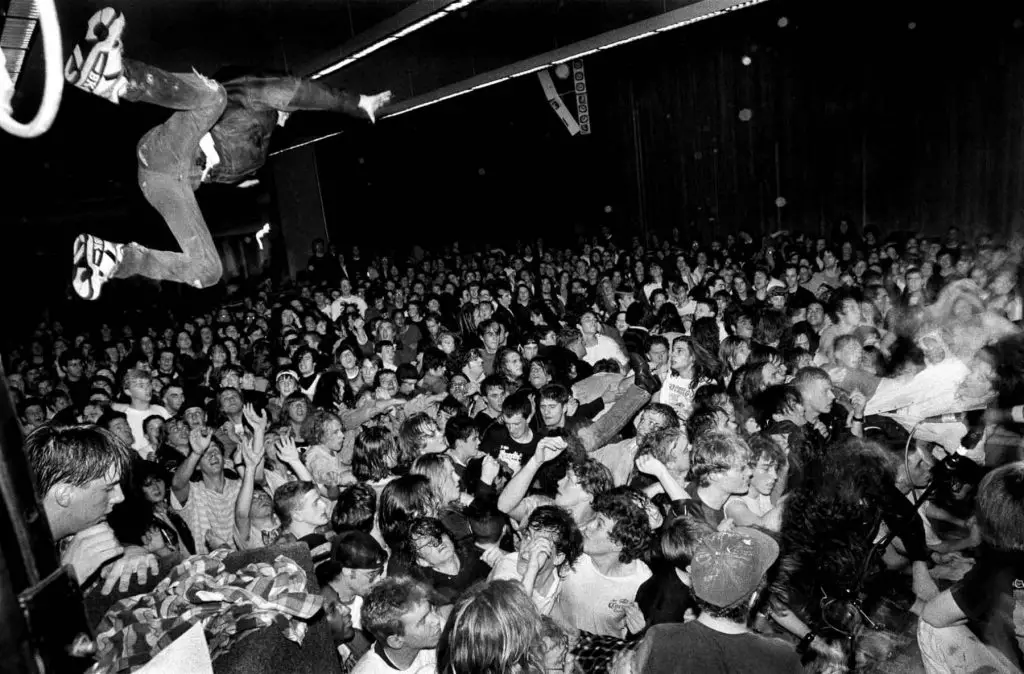
List of Top 10 Grunge Photographers from the Past:
- Charles Peterson – Known for his iconic photographs of the grunge music scene, capturing the raw energy of bands like Nirvana and Soundgarden.
- Michael Lavine – Renowned for his candid portraits of grunge musicians, his photographs offer an intimate glimpse into the lives of iconic figures like Kurt Cobain and Eddie Vedder.
- Alice Wheeler – Known for her documentary-style photography, Wheeler’s images provide a candid look at the grunge subculture in its natural habitat.
- Lance Mercer – Mercer’s photographs capture the essence of the Seattle grunge scene, from intimate backstage moments to explosive live performances.
- Karen Mason-Blair – A pioneer of grunge photography, Mason-Blair’s images are characterized by their rawness and authenticity, offering a window into the underground world of the subculture.
- Lisa Johnson – Johnson’s photographs document the grunge music scene with a focus on its DIY ethos and grassroots origins.
- Jennifer Finch – Finch’s photographs offer a unique perspective on the grunge movement, capturing its spirit of rebellion and defiance.
- Danny Clinch – Clinch’s black-and-white portraits of grunge musicians are celebrated for their intimacy and emotional depth, offering a raw and unfiltered view of the subculture.
- Glen E. Friedman – Known for his iconic photographs of punk and skateboarding culture, Friedman’s images capture the raw energy and anarchic spirit of the grunge movement.
- Anton Corbijn – Corbijn’s moody and atmospheric photographs of grunge musicians have become synonymous with the era, evoking the dark and brooding aesthetic of the subculture.
- Corinne Day – A British photographer whose raw and candid imagery, including collaborations with Kate Moss, challenged the polished norms of fashion photography and became emblematic of the grunge era.
- Edward Colver – Best known for his early punk photographs, Colver captured the raw energy of the grunge movement with his unvarnished and authentic images.
- Roberta Bayley – Renowned for her photographs of the New York punk scene, Bayley’s work also encompasses the grunge era, capturing its rebellious spirit.
- Derek Ridgers – A photographer who documented various subcultures, Ridgers’ work includes compelling images that reflect the rawness of the grunge movement.
- Nan Goldin – Known for her intimate and candid photography, Goldin’s work captures the essence of the grunge era’s raw and unfiltered aesthetic.

Themes and Motifs in Grunge Art and Photography
Themes of alienation, disillusionment, and rebellion permeated grunge art and photography, reflecting the subculture’s ethos. Urban decay and industrial landscapes became common motifs, symbolizing the decay of the American Dream and the erosion of traditional values. Graffiti, rusted metal, and tattered posters emerged as recurring symbols, serving as visual reminders of the subculture’s anti-authoritarian stance and DIY ethos.
Furthermore, grunge artists and photographers often explored themes of gender and identity, challenging conventional notions of masculinity and femininity. By depicting androgynous figures and subverting traditional gender roles, they sought to create a more inclusive and egalitarian vision of society. These representations of gender ambiguity and fluidity became integral to the visual language of grunge, reflecting the subculture’s rejection of binary thinking and rigid social norms.
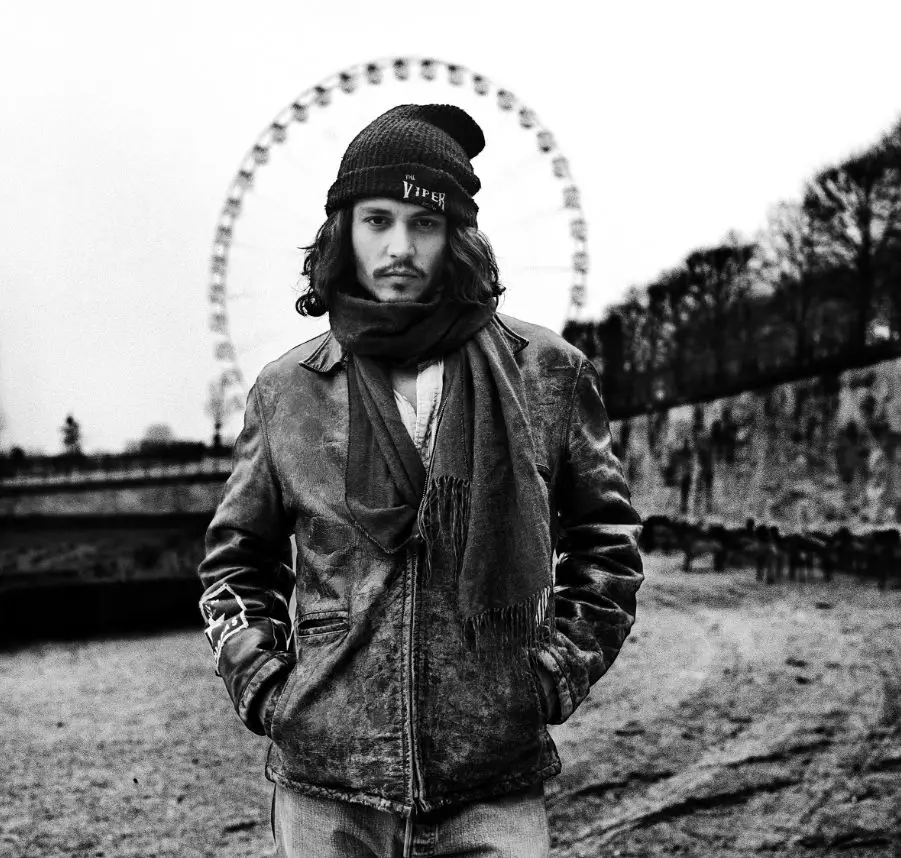
Impact and Legacy of Grunge Art
Grunge music may have receded from the mainstream spotlight, but its impact on art and photography reverberates through the corridors of contemporary creative expression. The enduring allure of grunge aesthetics continues to beckon to artists, urging them to embrace imperfection and authenticity as hallmarks of their work. In a world often suffused with polished veneers and manufactured beauty, grunge art stands as a poignant reminder of the raw power of creativity to challenge conventions and provoke deep introspection.
Moreover, grunge art serves as a testament to the resilience of the human spirit in the face of adversity. Through their unfiltered and unapologetically raw creations, artists and photographers captured the essence of an era marked by disillusionment and unrest. The gritty authenticity of their work resonates with audiences across generations, serving as a visceral reminder of the struggles and triumphs that define the human experience.
As we reflect on the legacy of grunge art and photography, it becomes evident that its influence extends far beyond its origins in the Pacific Northwest. While the movement may have waned in prominence, its aesthetic fingerprints can be found in the work of contemporary artists and photographers worldwide. Whether through deliberate homage or subconscious inspiration, the spirit of grunge lives on, continuing to shape the visual landscape of the 21st century.
Contemporary Artists Inspired by Grunge
In the present day, numerous artists across various mediums draw inspiration from the grunge movement. From painters and sculptors to photographers and mixed-media artists, the rawness and authenticity of grunge continue to resonate deeply. Artists like Banksy, with his gritty urban murals, and Shepard Fairey, with his politically charged street art, embody the spirit of grunge in their work, challenging societal norms and speaking truth to power. Similarly, photographers such as Ryan McGinley and Petra Collins capture the raw beauty of youth culture, channeling the ethos of grunge into their candid and unfiltered portraits.
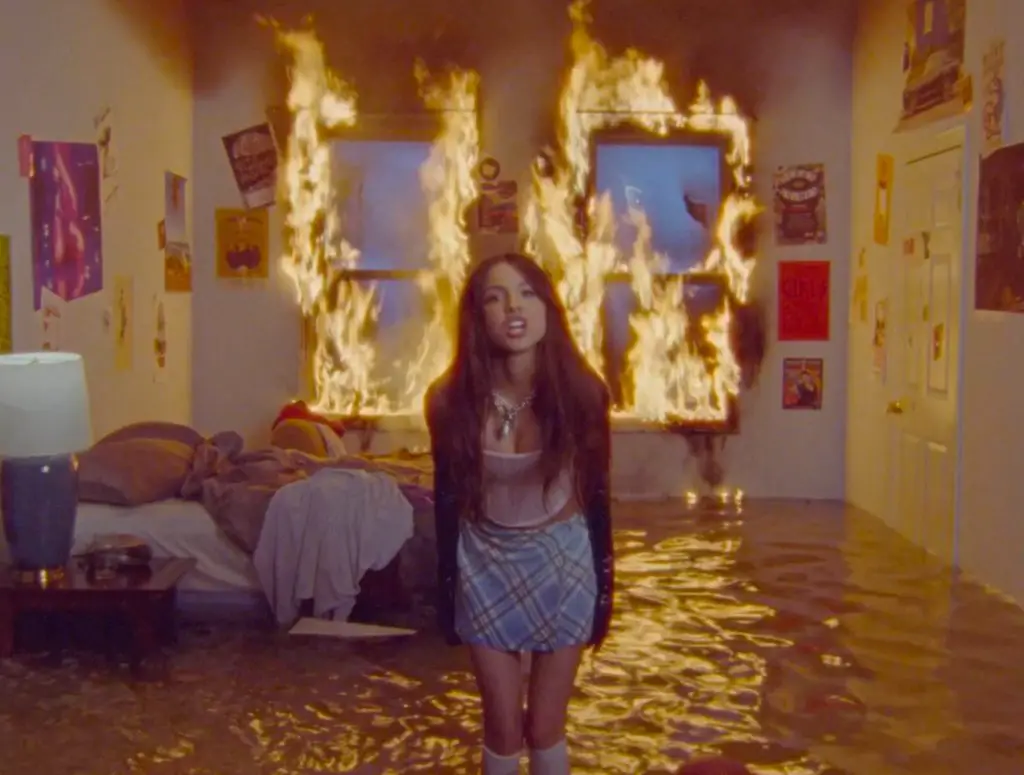
Grunge art and photography represent more than mere artifacts of a bygone era; they embody the rebellious spirit and raw authenticity that define the human condition. As long as there are artists willing to challenge the status quo and embrace imperfection, the legacy of grunge will endure, serving as a powerful reminder of the enduring power of creative expression in all its forms.
1990s Fashion and Culture Magazine
During the 1990s, several magazines played pivotal roles in shaping and disseminating the grunge aesthetic, with The Face standing out as a significant influence.
The Face Magazine
Founded in 1980 by Nick Logan, The Face was a British magazine that became a cultural touchstone by the 1990s, known for its innovative coverage of music, fashion, and youth culture. It was instrumental in bringing the grunge aesthetic to a broader audience. A notable example is the July 1990 issue featuring a young Kate Moss on the cover, photographed by Corinne Day.
This collaboration introduced a raw, unpolished style that contrasted sharply with the glossy imagery prevalent in mainstream fashion magazines at the time. The magazine’s commitment to showcasing emerging photographers and stylists, such as David Sims and Melanie Ward, further cemented its role in defining 1990s fashion trends.
i-D Magazine
Launched in 1980 by former Vogue art director Terry Jones, i-D began as a fanzine dedicated to street style and youth culture. By the 1990s, it had evolved into a leading publication that embraced the grunge movement, featuring candid photography and avant-garde fashion spreads. i-D was known for its distinctive, wink-and-smile logo and its commitment to showcasing underground trends before they hit the mainstream.
Dazed & Confused
Founded in 1991 by Jefferson Hack and photographer Rankin, Dazed & Confused quickly became a platform for alternative fashion and music scenes, including grunge. The magazine was renowned for its experimental layouts and willingness to push boundaries, both visually and editorially. It provided a space for emerging talents and was instrumental in documenting the evolving grunge aesthetic throughout the decade.
Blitz Magazine
Although Blitz ceased publication in 1991, its influence in the late 1980s and early 1990s was significant in the alternative fashion scene. The magazine featured bold fashion editorials and was part of the trio of style magazines alongside The Face and i-D that captured and influenced youth culture trends leading into the grunge era.
These publications not only documented the grunge movement but actively participated in its evolution, providing platforms for the aesthetic that defined a generation.
